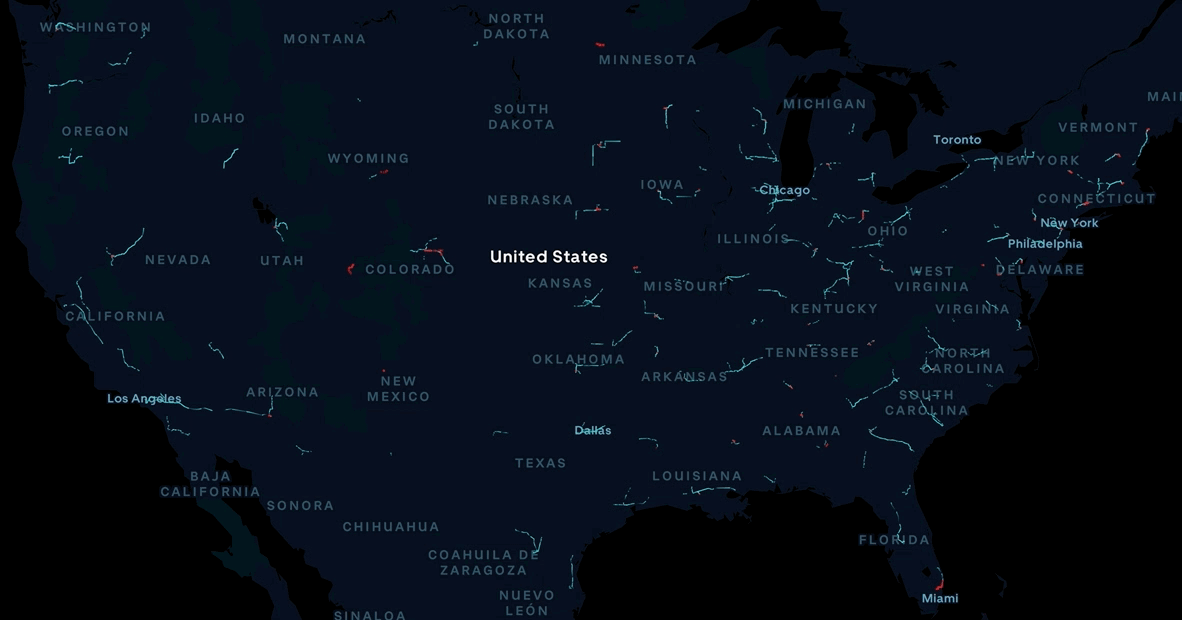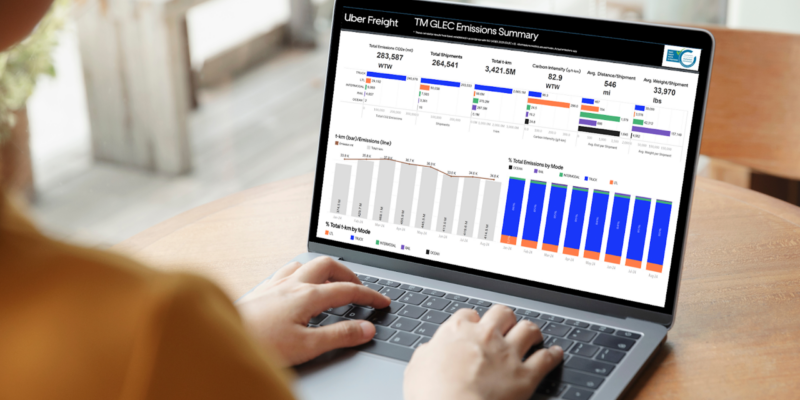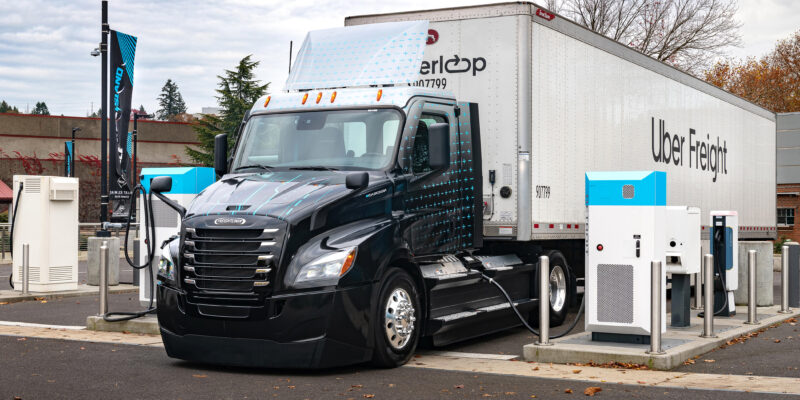Uber Freight research shows ⅔ of empty miles can be eliminated—here’s how

The freight industry has a waste problem—and it’s hidden in plain sight.
Empty miles comprise ~20%-35% of US trucking miles. It’s a type of waste everyone pays for: Drivers waste time and fuel and pass along extra expenses to shippers, and ultimately, consumers. Road congestion and carbon emissions extend the impact beyond freight. It’s a challenge logistics experts have grappled with for decades.
Understanding the number of miles we can realistically eliminate—and how—would require full visibility into the entire US freight network. No one entity has this information, but our team at Uber Freight has perhaps the broadest visibility into full load level data in the US, with more than 10 million dry van shipments annually under management. We decided to look for an answer.
We analyzed a subset of our data to understand how many miles we could eliminate if the network were perfectly optimized—if loads and trucks were moved in the most efficient possible way. Our analysis suggests network optimization can reduce empty miles by as much as 64%—leading to a 23% reduction in drivers’ overall miles.
Achieving this level of network optimization isn’t possible in a year, or likely even a decade. Still, our research has uncovered an opportunity. Steady progress toward this goal will help the industry as a whole achieve a more sustainable future.
The empty mile challenge
While solving the problem of these empty miles is multifaceted, the first step is understanding its causes:
1. The industry is fragmented. Of the 708,000 active interstate freight carriers, 91% have 10 or fewer trucks. Small carriers and private fleets often lack visibility into available loads and advanced solutions to optimize their loads.
2. The US freight market is imbalanced. Some highly populated cities have more load deliveries than pickups, while industrial and agricultural areas experience higher pickups than deliveries. That means trucks must often drive empty in and out of these areas, because there isn’t an equilibrium of inbound and outbound trucks. This results in intrinsic empty miles in the network, which account for 10% of all miles driven, and cannot be eliminated through network optimization.

The road ahead
Eliminating empty miles is a long-term goal for the industry, but we can leverage these findings to improve our network efficiency in the near term. With easy load search and personalized recommendations of loads and load bundles, Uber Freight and similar platforms help carriers book convenient loads. Uber Freight also consults with shippers to enhance supply chain network design to achieve optimization in all logistics operations.
In addition, our research finds autonomous trucks deployed alongside human drivers have an important role to play in achieving network optimization and ultimately industry sustainability. Because they’re unconstrained by Hours of Service (HOS) and the need to return home, autonomous trucks will enable human drivers to focus on shorter, local loads.
Join us in working toward a more sustainable future for freight. Download our network optimization whitepaper to take a closer look at our methodology, findings, and how we envision architecting freight networks in the future.



